Description
- A faster set: Fast and predictable set time in less than 15 minutes.
- Dimensionally stable: Low solubility of 0.11% with a high washout resistance to stably seal the root canal for a long time.
- Safe and biocompatible: Induces tissue healing and does not stimulate periodontal tissue, even when in contact.1
- Better radiopacity: 25% more radiopaque than the EndoSequence® BC Sealer™ and TotalFill® BC Sealer™.1
- Enhanced aesthetics: Free of Bismuth Oxide, our sealer does not discolor the tooth and guarantees a confident smile.2
- Retreatability: Removable even after setting with a general hand file or NiTi file.






Endoseal MTA Indications
ENDOSEAL MTA is developed for root canal filling and root perforation repair, effectively preventing periapical tissue irritation as well as secondary infection.
- Permanent obturation of the root canal system
- Root perforation repair
- Pulp revascularization
Endoseal Composition: Calcium silicates, Calcium aluminates, Calcium aluminoferrite, Calcium sulfates, Radiopacifier, Thickening agent
Endoseal MTA Properties
Composition Calcium silicates, Calcium aluminates, Calcium aluminoferrite, Calcium sulfates, Radiopacifier, Thickening agent
- Premixed and pre-loaded in a syringe: No powder/liquid mixing required!
Endoseal MTA Science and Technology
 The inside of the root canal system has high humidity due to residual moisture in the dentinal tubules. MTA solidifies into a hard structure by absorbing the moisture from the surrounding tissue and has outstanding sealing capacity and biocompatibility. Therefore, it is appropriate for root canal treatment. Endoseal MTA solidifies by absorbing the moisture from the surrounding tissue and producing calcium hydroxide during the process that penetrates into the dentinal tubules, and it creates hydroxyapatite extensively. In addition, it induces regeneration of the surrounding damaged hard tissue.
The inside of the root canal system has high humidity due to residual moisture in the dentinal tubules. MTA solidifies into a hard structure by absorbing the moisture from the surrounding tissue and has outstanding sealing capacity and biocompatibility. Therefore, it is appropriate for root canal treatment. Endoseal MTA solidifies by absorbing the moisture from the surrounding tissue and producing calcium hydroxide during the process that penetrates into the dentinal tubules, and it creates hydroxyapatite extensively. In addition, it induces regeneration of the surrounding damaged hard tissue.
Endoseal MTA Biocompatibility
Since Endoseal MTA is a root-end filling material based on MTA, it has superior biocompatibility and little inflammation. These characteristics of Endoseal MTA have been verified by many researchers and published at SCI journals.

 Endoseal MTA Antibacterial effect
Endoseal MTA Antibacterial effect
Endoseal MTA has a high PH and excellent antibacterial effects. E. faecalis, which is most commonly observed in teeth where endodontic treatment has failed, is very difficult to control with conventional intracanal instruments and cleansing, and is resistant to intracanal medicament. If a root canal sealer has antibacterial effects against E. faecalis, the root canal treatment will have higher predictability.

Endoseal MTA Hermetic sealing
2% dimensional change of Endoseal MTA occurs only during the setting process. Afterward, it rarely expands as shown in the table. In addition, Endoseal MTA is naturally penetrated even into unreachable spaces, where a dentist could not fill, during complete hardening time (12 hours).

Endoseal MTA Hard Tissue formation
Endoseal MTA not only has excellent sealing ability, but it also promotes hard tissue formation around the infected tooth. The superior ability of the hard tissue formation can be seen by various genetic tests.
Published in Major Scientific Journals
- JOE, Push-out bond strength of injectable pozzolan-based root canal sealer
- Springer, cytocompatibility of calcium silicate-based sealers in a three-dimensional cell culture model
- BMC oral health, physical properties and biocompatibility of injectable calcium-silicate-based root canal sealer in vitro and in vivo stury
- European journal of dentistry, tooth discoloration induced by a novel mineral trioxide aggregate-based root canal sealer

Endosequence BC Sealer Brasseler
AH Plus BioCeramic Sealer Densply
MTA Fillapex

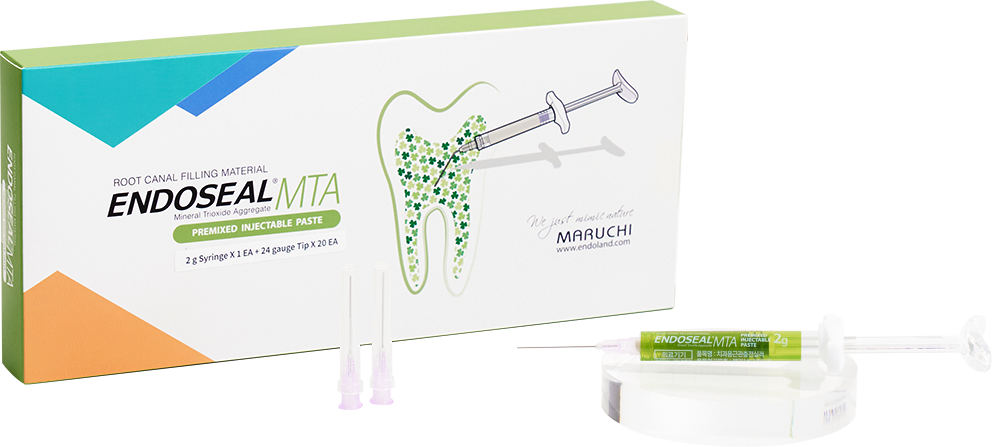
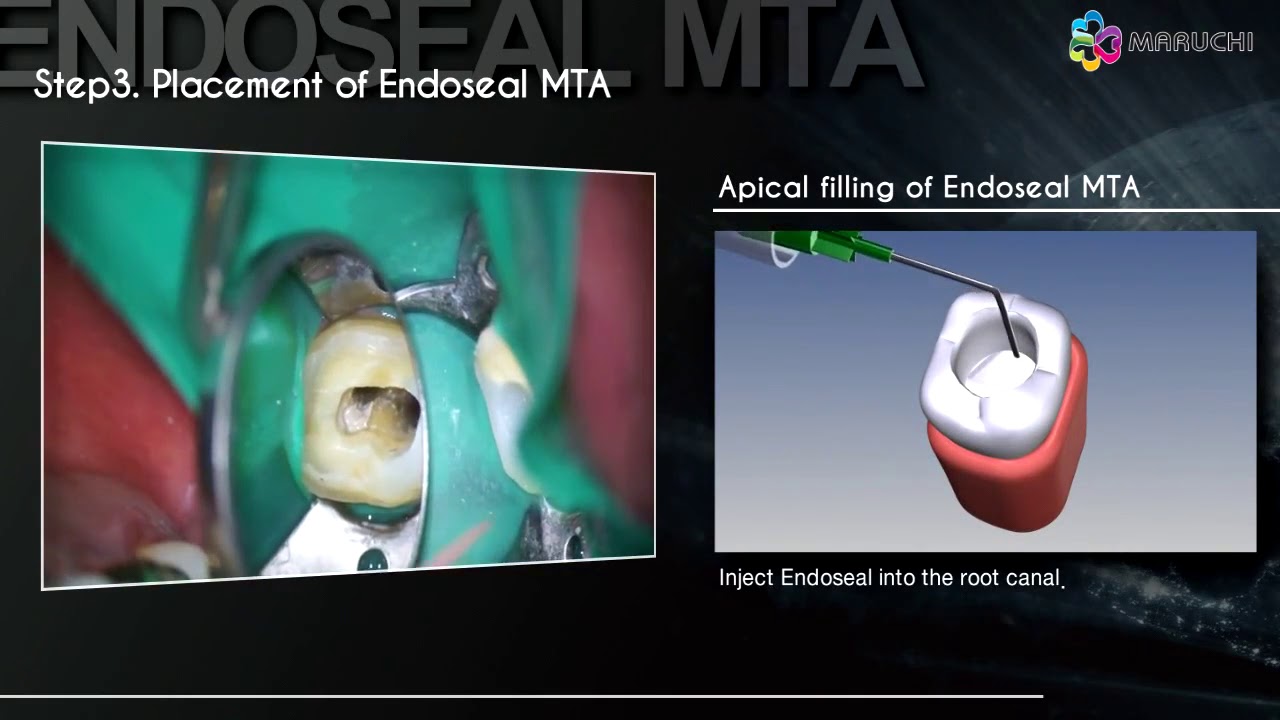
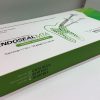
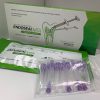
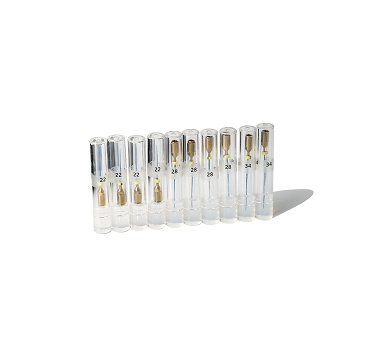
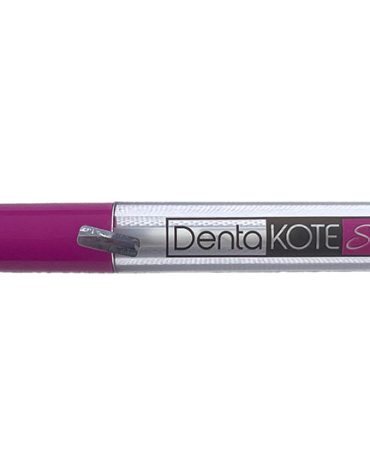
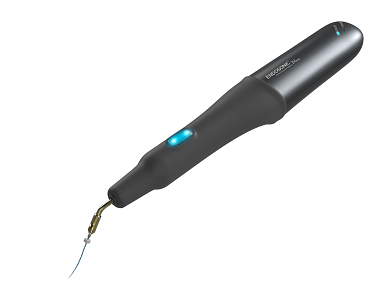
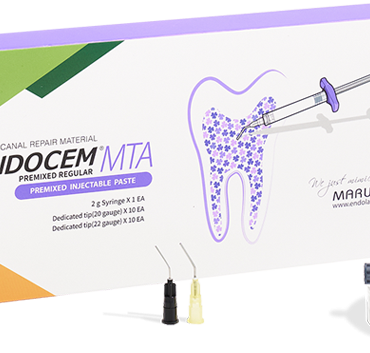
Reviews
There are no reviews yet.